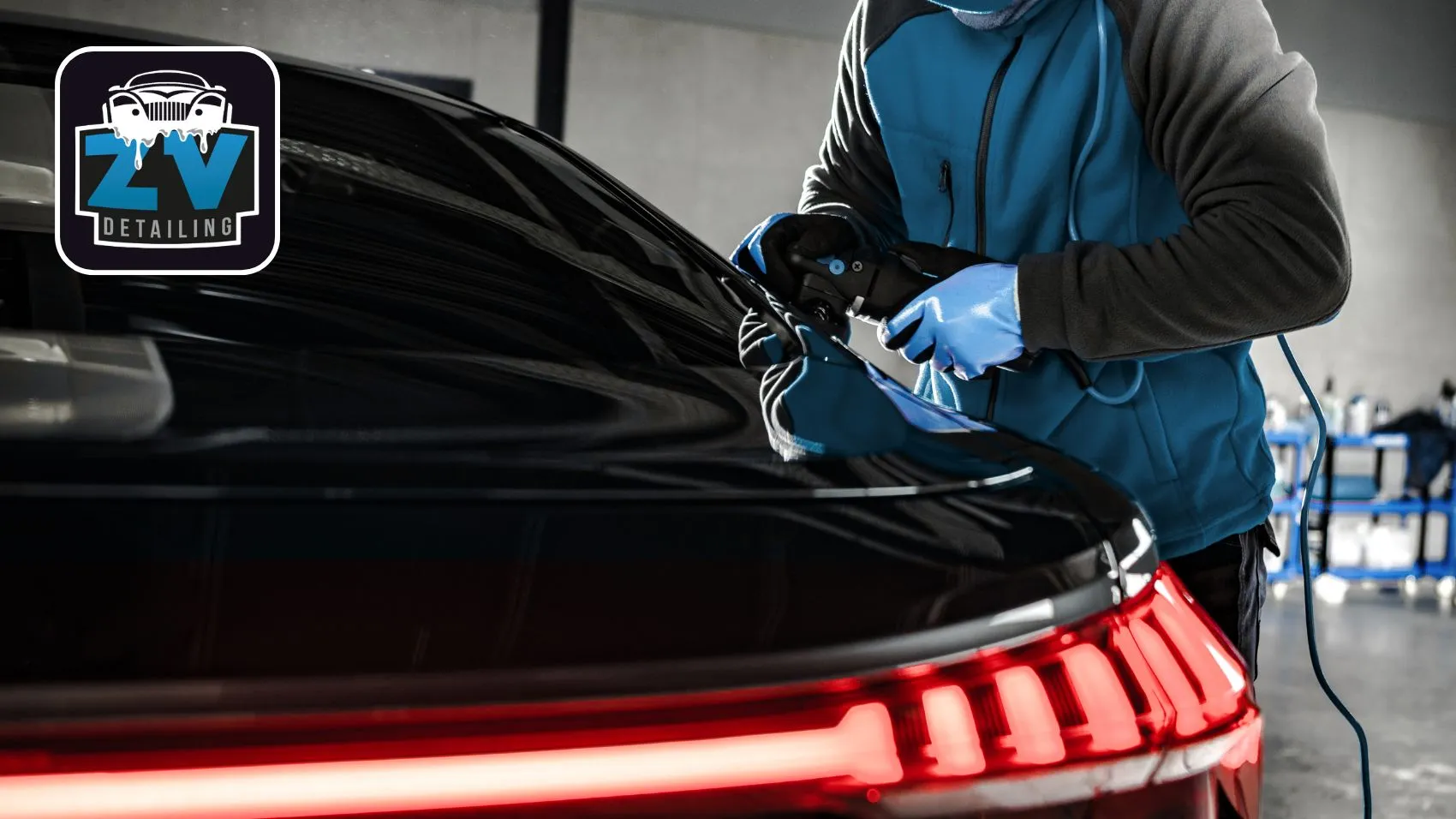.webp)
Paint Correction 101: A Guide to Restoring Your Car's Finish

Over time, your car's paint can become dull, faded, or covered in scratches and swirl marks. This can make your vehicle look older and less attractive, which can be frustrating for car enthusiasts. Fortunately, a paint correction can restore your car's finish and make it look like new again. In this article, we'll explore what a paint correction is, why it's done, and other relevant information.
What is a Paint Correction?
Paint correction is a process that involves removing imperfections from your car's paint surface. This can include scratches, swirl marks, and other blemishes that can be caused by various factors such as poor washing techniques, exposure to the elements, or improper paint maintenance. The process involves using specialized tools and techniques to carefully remove the top layer of the clear coat, revealing a fresh layer of paint beneath.
Why is Paint Correction Done?
Paint correction is done for two primary reasons: to improve the appearance of your car and to protect its finish. By removing scratches, swirl marks, and other blemishes, a paint correction can restore your car's finish to its original shine and luster. Additionally, by removing imperfections, you are also removing potential areas where dirt and debris can accumulate, which can help protect your car's finish from further damage.

The Paint Correction Process
The paint correction process can vary depending on the extent of the damage to your car's paint surface. Generally, it involves several steps, including:
Inspection - An inspection is done to evaluate the condition of your car's paint surface and determine the level of correction needed.
Washing - A thorough wash is done to remove any dirt, debris, or contaminants that may be on the surface of your car.
Paint Correction - This involves using specialized tools and techniques to carefully remove the top layer of the clear coat, revealing a fresh layer of paint beneath.
Finishing - Once the correction is complete, the car is washed again to remove any remaining compounds and to prepare it for a protective coating.
Protection - A protective coating is applied to the surface of the car to protect the freshly corrected paint surface.
Conclusion
A paint correction can breathe new life into your car's paint surface, making it look like new again. By removing imperfections and protecting the finish, it can also help extend the life of your car's paint. If you're considering a paint correction for your car, it's important to choose a reputable detailer with experience in paint correction techniques to ensure the best possible results.

About The Author





